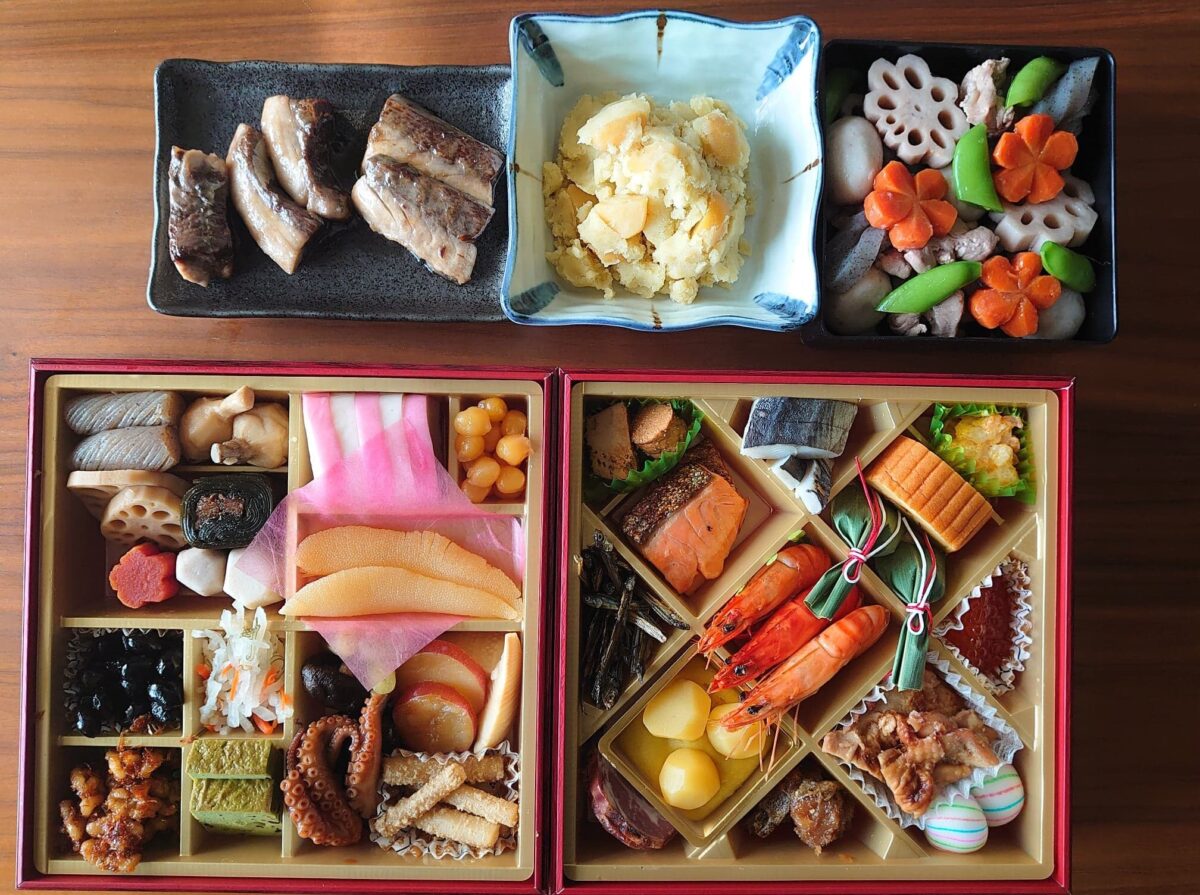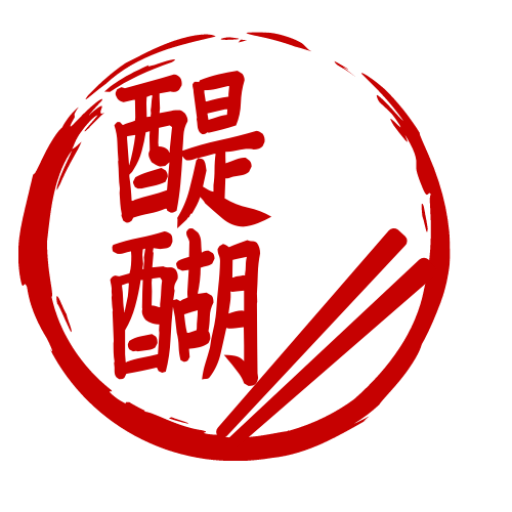Washoku is a food culture that originated in Japan. It is the result of Japan’s unique geography and climate harmoniously joined with cultural influences coming from abroad. In this page, you’ll find all the blog posts related to Japan unique manners concerning about food, together with the cultural elements (both indigenous and imported from abroad) that shaped Japan food culture.

What is setsubun?
Setsubun 節分 is a Japanese celebration best known for the traditional scattering of beans, a custom particularly popular among Japanese children – the older boys or other members of the family wear oni 鬼 (ogre, devil) masks, and the younger ones chase them around, throwing fuku mame 福豆 – lucky beans – and shouting the…

Japanese festivals and food
As in many other parts of the World, most traditional Japanese festivals and contemporary holidays have deep roots in ancient folklore and religion. What is of particular interest to me is how Japanese traditional cuisine, washoku, seems to be linked to the Japanese celebrations in a way that most Western cuisines do not – although…

Bubbling stew, on the go: Japanese oden
An often overlooked part of Japanese cuisine, stews and hot pots are a Japanese favorite when the weather gets colder. There are many different varieties of this kind of hot pots, collectively known as nabe 鍋, however, one of these is the most widely spread of them all: oden. What is oden? Written in kanji…

Akihigan, the Autumn Equinox Day
The third week of September is always a welcomed time in Japan, as it is marked by two days of holidays: the “respect for the aged day” (Keiro no Hi 敬老の日) and the Autumn Equinox day (Shūbun no Hi 秋分の日). For this reason, this period is also known as Silver week, similar to what happens…

Ichiju sansai – “one soup, three dishes”: the quintessential Japanese meal.
If I had to describe the typical Japanese meal to a friend that has never been to Japan, I would sum it up by saying it is a balanced meal, based on the concept of ichiju sansai 一汁三菜: “one soup, three dishes.” Although many instantly associate Japanese cuisine with sushi and ramen, Japanese culinary culture…
